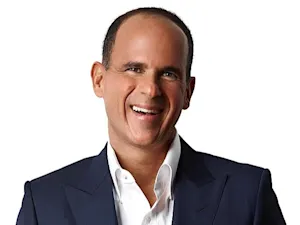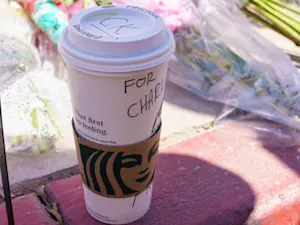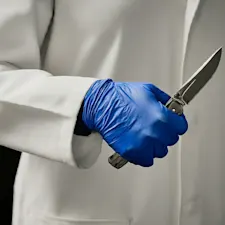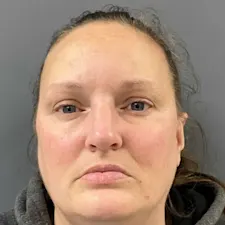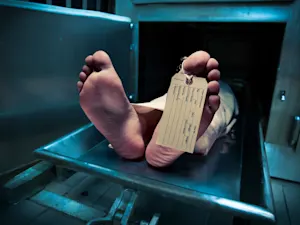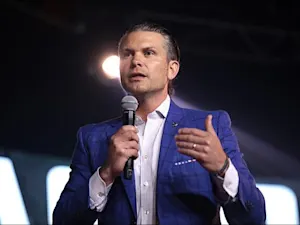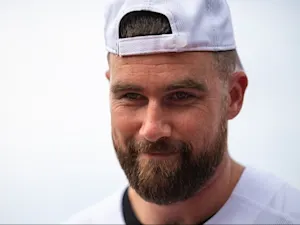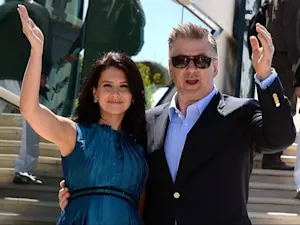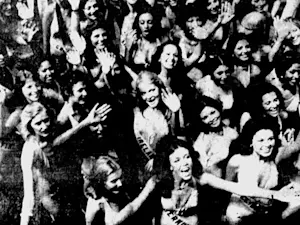FSU Mass Shooting: How Missed Signs Led to a Deadly Day
View of the front of Reynolds and Jennie Murphree residence halls on the main campus of Florida State University in Tallahassee, Florida. June 16, 2007. Photo courtesy of Sirberus. Public domain.
It's every parent's nightmare — sensing something is wrong but feeling powerless to stop it. Before the tragic mass shooting at Florida State University, one mother said she had been worried about her son. What unfolded just days later would leave a campus grieving, a family shattered, and lingering questions about what could have been done differently.
Shots Fired
Florida State University's normally busy campus was thrown into chaos on April 17 when 20-year-old student Phoenix Ikner allegedly opened fire near the Student Union, killing two and injuring six others.
According to officials, Ikner arrived at an FSU parking garage around 11 a.m. and waited before beginning his attack.
He allegedly used a .45 caliber handgun, once assigned to his stepmother, a Leon County Sheriff's deputy, authorities said. University police shot Ikner after he reportedly refused to comply with commands, leaving him with serious but non-life-threatening injuries.
The victims — Robert Morales, a dining coordinator at FSU, and Tiru Chabba, a visiting regional vice president for Aramark — were both remembered for their contributions to the campus community.
A Troubled Background Comes to Light
Following the shooting, more details about Ikner's complicated past emerged. Court documents showed he had endured a long and turbulent custody battle between his parents.
His biological mother, Anne-Mari Eriksen, had once taken him to Europe against a custody agreement, resulting in criminal charges and a period of estrangement from her son.
Eriksen recently spoke to WPLG-TV, saying, "I have been concerned for him in the past, but I would never have thought that," as reported by PEOPLE. She also added that she felt "alienated" from her son after the tense custody battle.
Since the kidnapping incident, Phoenix — who changed his name from Christian Gunnar Eriksen to Phoenix Ikner at age 15 — had been raised primarily by his father and stepmother.
Early Signs and Missed Warnings
Ikner had previously participated in law enforcement training programs, including the Leon County Sheriff's Youth Advisory Council, which made his alleged actions even more shocking to some in the community.
However, former classmates described disturbing behavior during his time at Tallahassee State College. Several students said they found his political rhetoric extreme and unsettling, though there were no formal reports or red flags raised to FSU officials before the shooting.
Investigators are also examining reports that Ikner had stopped taking medication prescribed for emotional dysregulation, although the connection between this and the shooting has not been confirmed.
The Aftermath and Ongoing Investigation
Authorities have charged Ikner with crimes "up to and including first-degree murder," but his case remains active as he recovers under police guard in the hospital.
Investigators reportedly recovered additional weapons from his vehicle, suggesting he may have intended further violence if police had not intervened.
As the FSU community struggles to heal, many questions remain unanswered. Phoenix Ikner's future will now be decided in courtrooms, but the ripple effects of that April morning will likely be felt for years.
References:FSU Shooting Suspect's Mom Says She Had Been 'Concerned' for Him Prior to the Mass Shooting | What We Know About the Florida State University Shooting Suspect | FSU Shooting Thursday Update: More Ikner Details, FSU Protester Taken Into Custody



